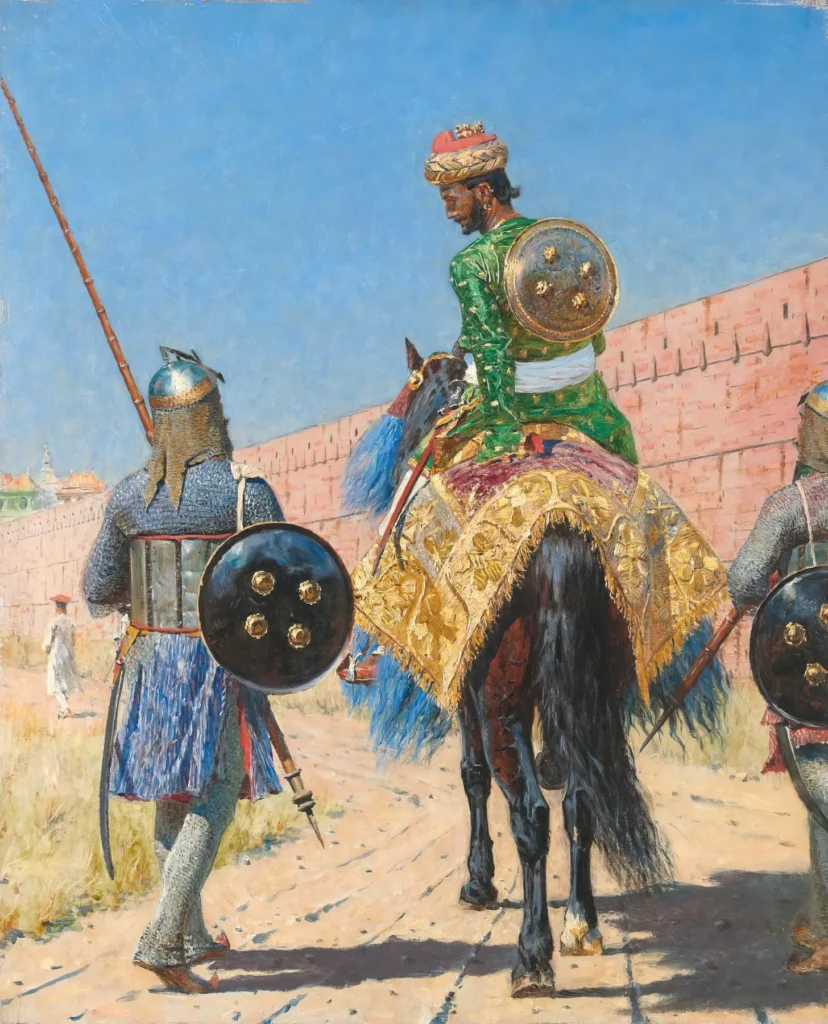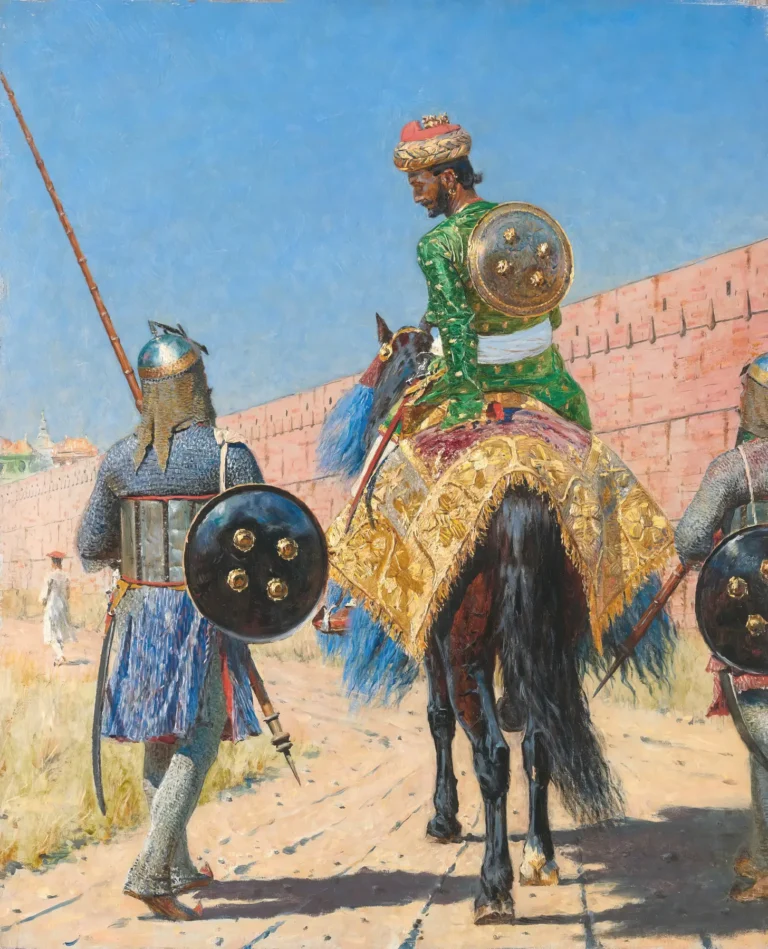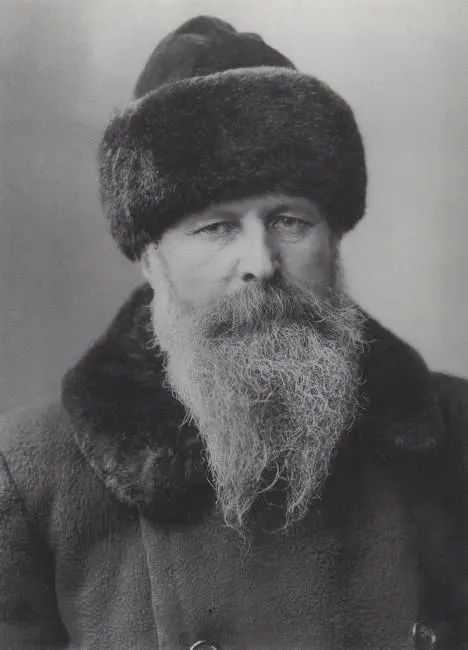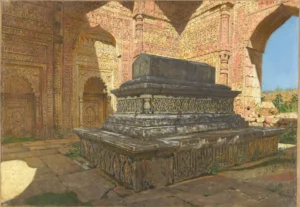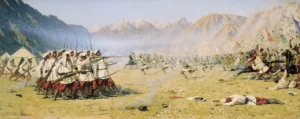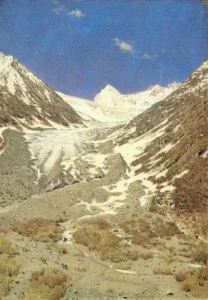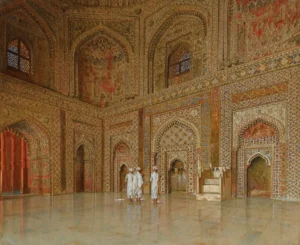Mounted Warrior in Jaipur (1881)
Created in 1881, Vasily Vereshchagin's Mounted Warrior in Jaipur captures the essence of a mounted warrior in vibrant hues, embodying the spirit of Indian culture. The painting exemplifies Vereshchagin's commitment to realism and his ability to transport viewers to far-off lands through his brushstrokes. A crucial part of the Tretyakov Gallery in Moscow, this artwork epitomizes the intersection of Eastern and Western perspectives in the 19th century through its stunning detail and cultural reverence.
Year 1881
About the Artwork
Vasily Vereshchagin, a prominent Russian war artist, was known for his depictions of the stark realities of war and his extensive travels that informed his work. In 1881, during his explorations of India, Vereshchagin was inspired by the rich cultural and historical tapestry of Jaipur. Mounted Warrior in Jaipur reflects his fascination with the local people and their traditions. The painting showcases the power and grace of the warrior figure, symbolizing not only the strength found in Indian culture but also serving as a bridge between the East and West. Vereshchagin's commitment to realism allows viewers to experience the vibrancy of the environment and the warrior's attire, making this piece a significant representation of cross-cultural appreciation in art.
Did You Know
Vereshchagin was not only an artist but also a soldier, and his experiences in the battlefield deeply influenced his artwork. His travels across the globe provided him with a wealth of inspiration and led to a more profound connection and understanding of diverse cultures.
Vereshchagin was a significant figure in the Realism art movement, which aimed to portray everyday life and subjects in a truthful manner. His works often depicted the harsh realities of war, balancing beauty with honesty and providing a powerful commentary on the consequences of conflict.
This painting is not only a visual marvel but also a cultural document, showcasing the attire and martial culture of the 19th century in India. It serves as a reminder of the global artistic dialogue during Vereshchagin’s time, highlighting the increasing appreciation for Eastern cultures in Western art.




